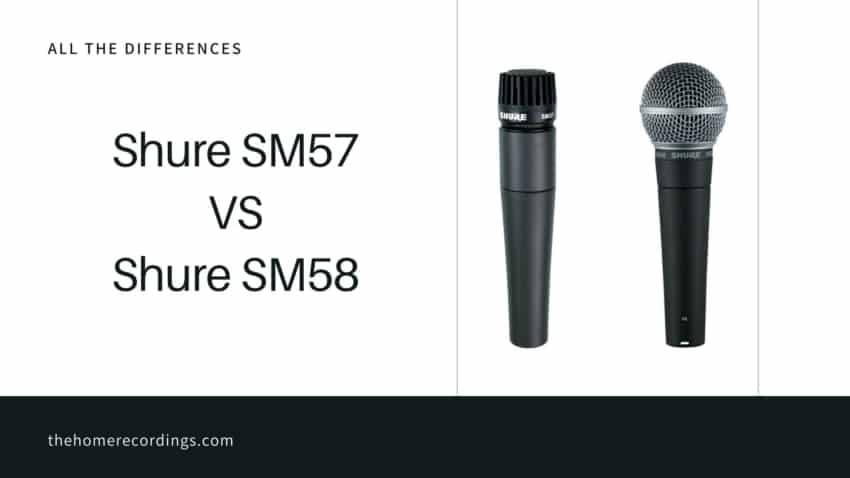RoscoeElegante
Poster Extraordinaire
I've got a Neumann TLM103, but gotta say, sometimes the SM57 seems "better." By which I mean it gives me a more solid vocal to work with. The Neumann is beautifully sensitive, but that generally makes my vocals sound worse rather than better. Don't tell me the truth, Gertrude! Make me sound less awful, please!
The Neumann works very well for very low-key, almost conversational singing. But defeats my nefarious purposes otherwise.
Is this ultra or just uber odd? Suggestions to get more out of the Neumann? Other than wanting to sound my best/maximize my options, I hate to see high-quality gear underused.
Thanks!
The Neumann works very well for very low-key, almost conversational singing. But defeats my nefarious purposes otherwise.
Is this ultra or just uber odd? Suggestions to get more out of the Neumann? Other than wanting to sound my best/maximize my options, I hate to see high-quality gear underused.
Thanks!


